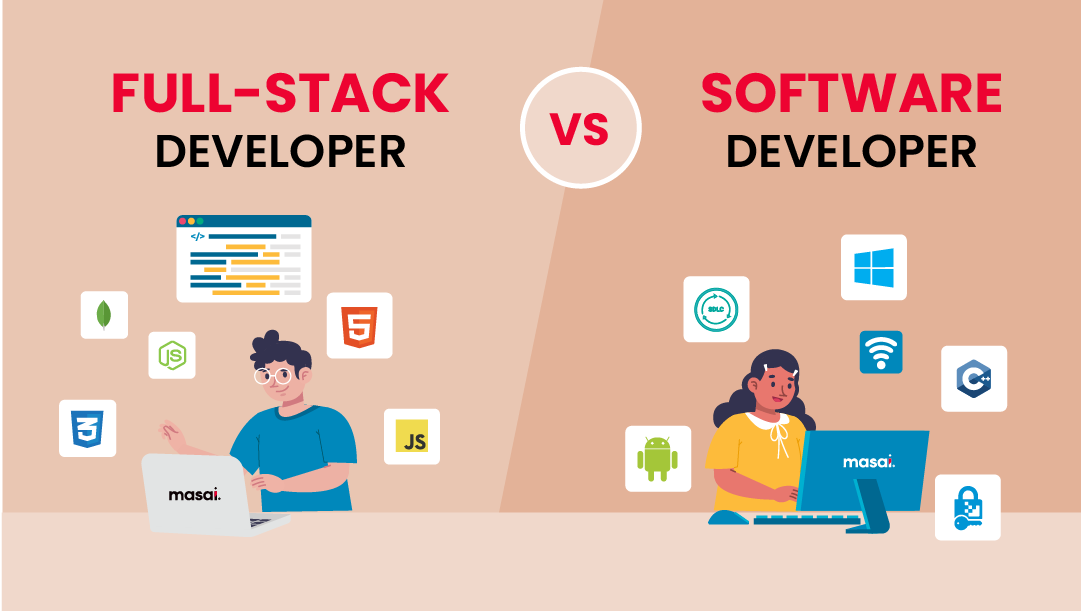Devoted Developers vs. In-House Teams: Which Is Right for You?
The choice in between making use of devoted designers and maintaining an internal team is a significant one that can affect the trajectory of your jobs and overall company technique. Conversely, in-house groups contribute to a cohesive company culture and a nuanced understanding of long-term objectives.
Understanding Devoted Developers
The growing demand for specialized skills in the tech sector has brought about the appearance of dedicated developers as a sensible option for many companies. These specialists are commonly contracted on a task basis, enabling firms to take advantage of details experience without the lasting commitment connected with full time hires. Devoted designers are frequently ingrained within a customer's group, providing adaptability and scalability to fulfill task demands.
This version enables companies to access a global skill pool, which is specifically useful in a rapidly evolving technical landscape. Devoted designers can be sourced from various geographical locations, guaranteeing that firms can locate the right ability at competitive rates. They frequently bring a wealth of experience and understanding, having worked on varied projects across different markets.
In addition, specialized developers can focus exclusively on the jobs handy, boosting performance and performance. They are furnished to integrate perfectly into existing process, teaming up very closely with in-house groups to accomplish task goals. This approach not just reduces the problem of employment and training but also enables companies to stay agile, adapting rapidly to changing market demands and technical innovations.
Advantages of In-House Teams

Additionally, internal teams tend to have a much deeper understanding of the firm's mission, worths, and goals. This placement can improve worker involvement and inspiration, as employee really feel much more attached to their work and the organization's success. In addition, having a devoted in-house team permits for better alignment of strategies and goals, as these members are consistently concentrated on the firm's priorities.
Internal groups also help with quicker decision-making procedures, as they can respond more rapidly to obstacles and modifications. The well-known partnerships and experience with company procedures permit structured process and minimized miscommunication. Ultimately, the mix of a cohesive society, placement with business goals, and reliable communication makes in-house teams a valuable property for numerous organizations, specifically those seeking to grow long-lasting development and technology.
Cost Factors To Consider
When reviewing cost factors to consider, both devoted designers and internal teams existing unique monetary effects for organizations. Involving committed designers typically entails a pay-per-project or per hour price model, which can be affordable for services with changing job demands. go This method enables adaptability in scaling sources up or down, ensuring that business just spend for the solutions they need.
In comparison, internal teams require fixed costs, consisting of wages, benefits, and overhead expenses such as workplace and devices. While this design uses greater control and instant schedule of sources, it may result in greater long-term costs, specifically if the work does not warrant a full time staff.
Furthermore, companies need to take into consideration the concealed prices related to recruitment and training of in-house staff members, which can further strain spending plans. In some situations, the moment and resources invested in taking care of an internal group can take away from the organization's core company purposes.

Job Administration and Flexibility
Task administration and versatility are essential variables that influence the choice between in-house teams and specialized programmers. Committed teams often have developed processes for taking care of projects successfully, leveraging details approaches like Agile or Scrum, which assist in iterative progress and adaptability.

Inevitably, the choice in between in-house groups and specialized designers hinges on the desired degree of adaptability and the specific project administration demands. Firms should evaluate their functional dynamics, task intricacy, and source schedule to figure out which option aligns finest with their strategic goals.
Making the Right Selection
Picking the appropriate growth technique-- internal teams or devoted programmers-- calls for a cautious evaluation of different variables that line up with a firm's critical goals. On the other hand, in-house teams can give much better connection and combination with existing employees.
Next, examine your budget. Devoted programmers frequently present an economical service for temporary tasks, while internal groups may incur higher long-lasting expenditures because of incomes, advantages, and overhead prices. Evaluate the degree of control and cooperation desired; in-house teams generally cultivate more powerful communication and placement with business society.
If prompt results are needed, devoted programmers can be onboarded quickly, whereas developing an in-house team takes time for recruitment and training. If continual development is vital, investing in an in-house group may produce much better returns over time.
Verdict
In conclusion, the choice in between devoted developers and internal teams depends upon project demands and organizational goals. Dedicated designers supply adaptability and specialized competence, making them appropriate for short-term campaigns. Conversely, in-house groups cultivate a natural culture and much deeper placement with lasting objectives. Mindful examination of budget plan restrictions, project timelines, and wanted control degrees is important for determining one of the most appropriate method, making sure alignment with critical concerns and functional efficiency.
The choice between making use of specialized developers and preserving an in-house group is a substantial one that can influence the trajectory of your jobs and total service method.Job administration and adaptability are crucial aspects that affect the choice between specialized visite site programmers and internal groups. hire dedicated developers.In contrast, internal groups might excel in maintaining a regular job management structure due to their familiarity with the organization's culture and long-lasting goals. Committed designers frequently present an economical solution for short-term tasks, while in-house teams may sustain greater lasting expenditures due to wages, advantages, and expenses expenses.In conclusion, the decision between specialized programmers and internal teams pivots on task requirements and business purposes